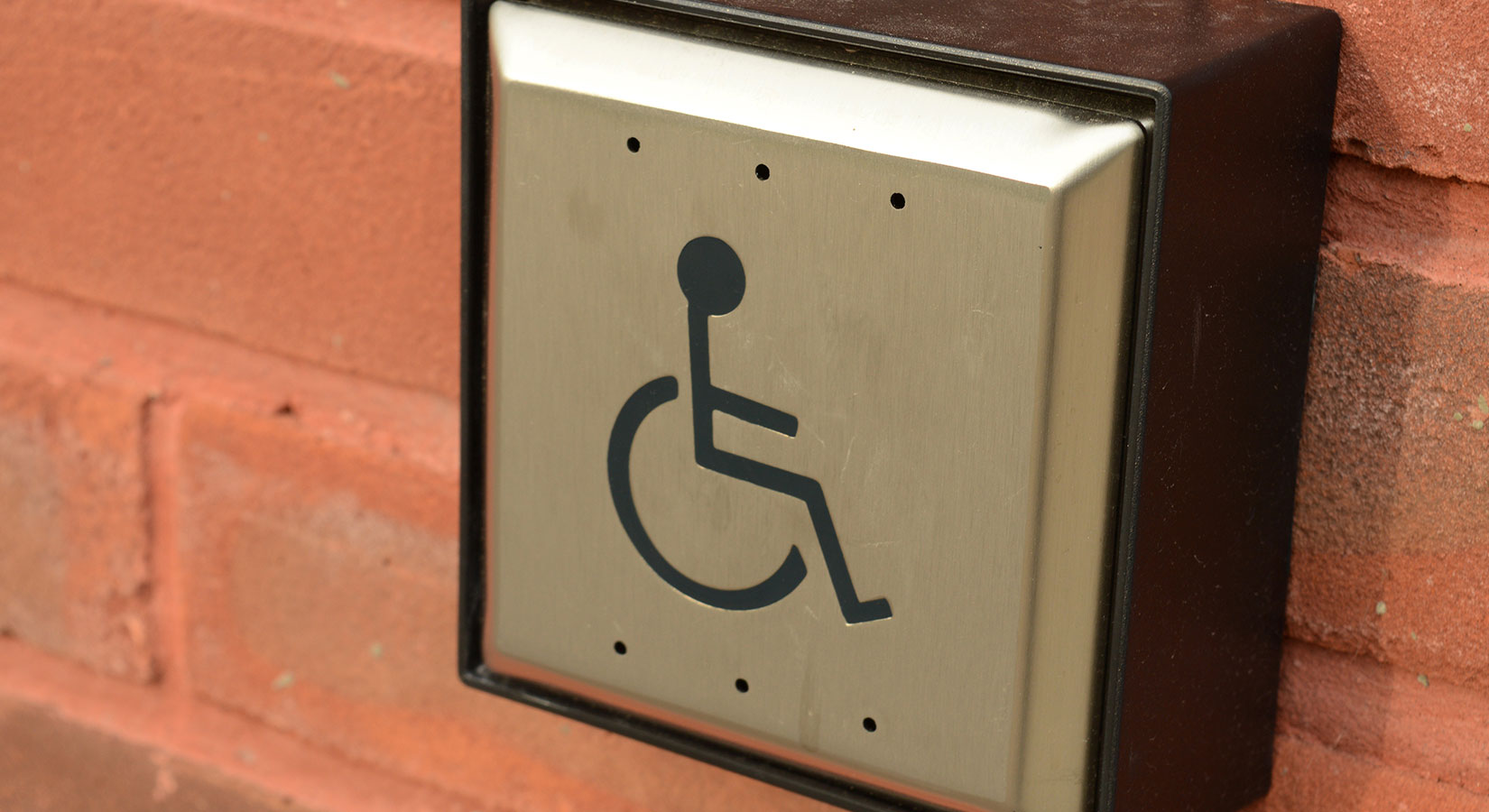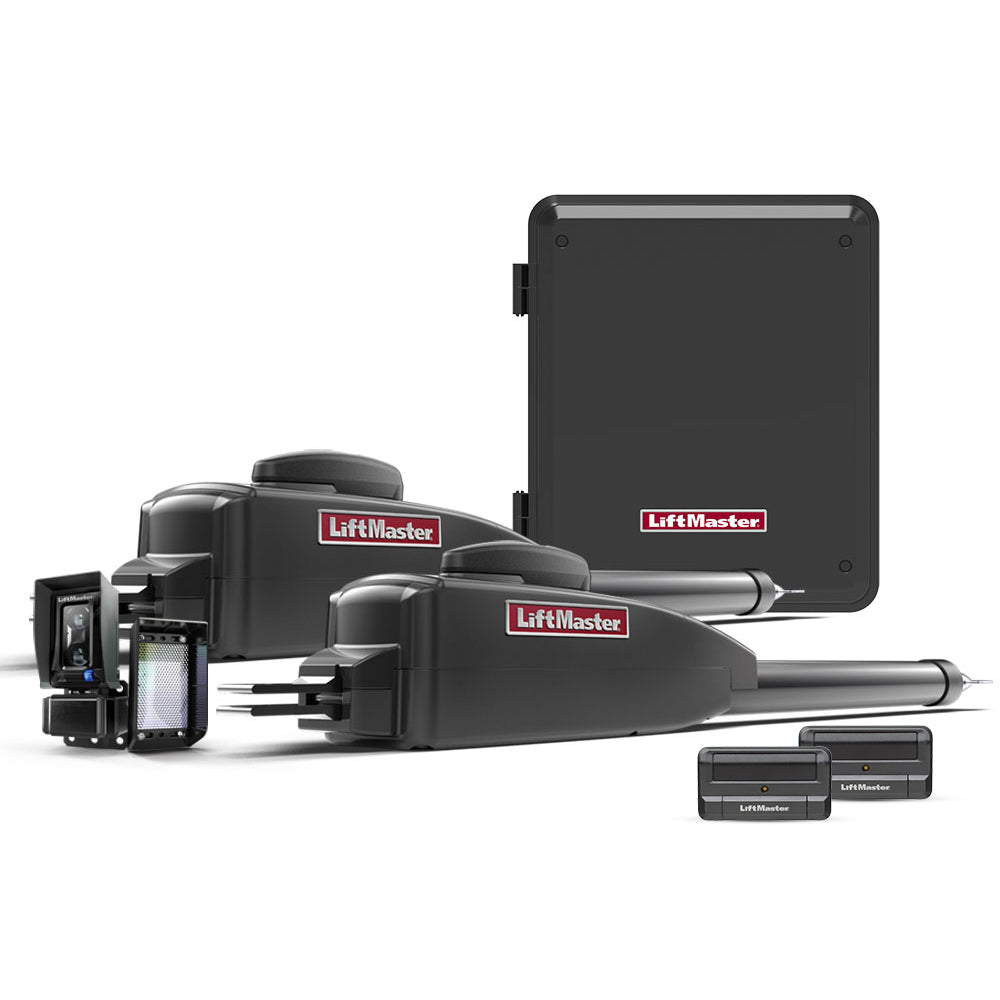New for 2021, the International Building Code (IBC) includes a provision long awaited by accessibility advocates: the mandated inclusion of automatic doors for entrances to public buildings.
in facilities meeting building occupant load thresholds for a number of common occupancies, IBC 1105.1.1 stipulates that public entrances that are required to be accessible shall have one door be either a full power-operated door or a low-energy power-operated door.
The code applies to a wide range of public places, including retail stores, restaurants, clubs, casinos, movie theaters, concert halls, libraries, banks, and college dorms. Depending on the type of building, occupant loads must be greater than 300 or 500 for the automatic door requirement to take effect. The thresholds have been chosen so they do not apply to buildings with smaller occupancies and less foot traffic, though occupants of all buildings could benefit from the touch-free, germ-free accessibility provided by automatic doors (interestingly enough, the new code arrives in the wake of the global coronavirus pandemic).
Technical advisor to the American Association of Automatic Door Manufacturers (AAADM), Joe Hetzel, has been a proponent of greater accessibility and first began working to update the code 10+ years ago. Language he helped create was submitted and approved during the 2021 IBC code development cycle, which took place in 2018, resulting in the new requirements.
“The code addresses a public need,” said Hetzel. “It is widely accepted that automatic doors enhance overall accessibility and accommodate a wide array of conditions that might make using standard doors difficult, if not infeasible. The new code requirement accommodates a wide variety of accessibility needs that manual doors being installed today cannot encompass.”
“At the time we began this process, no one could have envisioned today’s unprecedented concern for minimizing public touch-points. This new directive on automatic doors will surely enhance public health as well,” said Hetzel. He believes these health-related benefits will provide extra encouragement for establishments below the occupancy thresholds to consider automatic doors in response to public demand.
The IBC is adopted at the state and local levels, and will take time to become the new set of requirements across the nation.
AAADM is providing members and other industry professionals with information, alerts, bulletins, and other support as new construction projects transition to the updated code. This will also encourage retrofitting where feasible.












